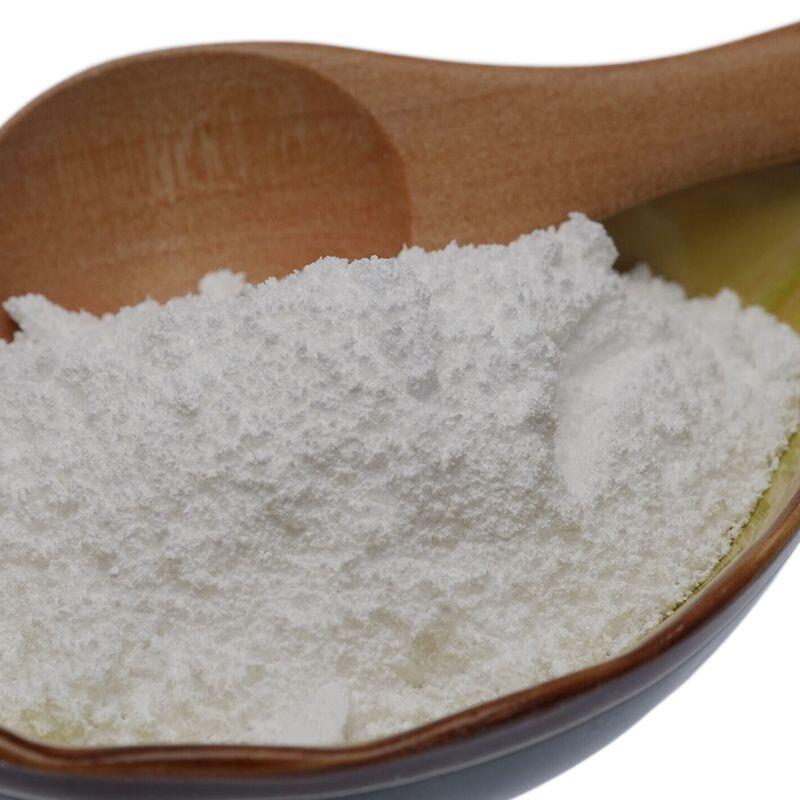-
Categories
-
Pharmaceutical Intermediates
-
Active Pharmaceutical Ingredients
-
Food Additives
- Industrial Coatings
- Agrochemicals
- Dyes and Pigments
- Surfactant
- Flavors and Fragrances
- Chemical Reagents
- Catalyst and Auxiliary
- Natural Products
- Inorganic Chemistry
-
Organic Chemistry
-
Biochemical Engineering
- Analytical Chemistry
-
Cosmetic Ingredient
- Water Treatment Chemical
-
Pharmaceutical Intermediates
Promotion
ECHEMI Mall
Wholesale
Weekly Price
Exhibition
News
-
Trade Service
2,4-Hexadienoic acid, also known as 2,4-hexadiene-1,2-dicarboxylic acid, is a white or practically white, odorless solid that is used as an intermediate in the production of a variety of chemical products.
It is primarily used as a starting material for the production of plasticizers, lubricants, and other industrial chemicals.
One of the most common synthetic routes for 2,4-hexadienoic acid involves the hydrogenation of 2,4-hexadiene, a colorless gas that is produced by the dehydrogenation of n-hexane.
2,4-hexadiene is first converted to 2,4-hexadienal, a colorless liquid, through a reaction with hydrogen chloride in the presence of a metal catalyst.
The 2,4-hexadienal is then converted to 2,4-hexadienoic acid through a series of chemical reactions, including esterification, hydrolysis, and decarboxylation.
Another synthetic route for 2,4-hexadienoic acid involves the oxidation of 2,4-hexanedione, which is produced by the condensation of formaldehyde and acetaldehyde.
The 2,4-hexanedione is converted to 2,4-hexadienoic acid through a series of chemical reactions, including hydrolysis and decarboxylation.
Yet another synthetic route for 2,4-hexadienoic acid involves the reaction of cyclohexene with carbon monoxide and hydrogen in the presence of a metal catalyst.
The resulting product is then converted to 2,4-hexadienoic acid through a series of chemical reactions, including hydrolysis and decarboxylation.
The synthetic routes for 2,4-hexadienoic acid vary in terms of the specific reactants and conditions used, but they all involve a series of chemical reactions that convert the starting material into the desired product.
The choice of synthetic route depends on a variety of factors, including the availability and cost of the starting materials, the purity and yield of the desired product, and the scalability of the process.
Once synthesized, 2,4-hexadienoic acid is typically used as an intermediate in the production of a variety of chemical products.
It is used as a starting material for the production of plasticizers, which are additives that are used to improve the flexibility and durability of plastics.
2,4-hexadienoic acid is also used in the production of lubricants, surfactants, and other industrial chemicals.
Overall, the synthetic routes for 2,4-hexadienoic acid are varied and can be tailored to specific applications and production requirements.
The chemical is an important intermediate in the production of a range of industrial chemicals, and its synthesis is a critical step in the supply chain of these products.







